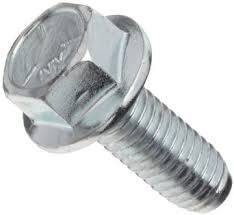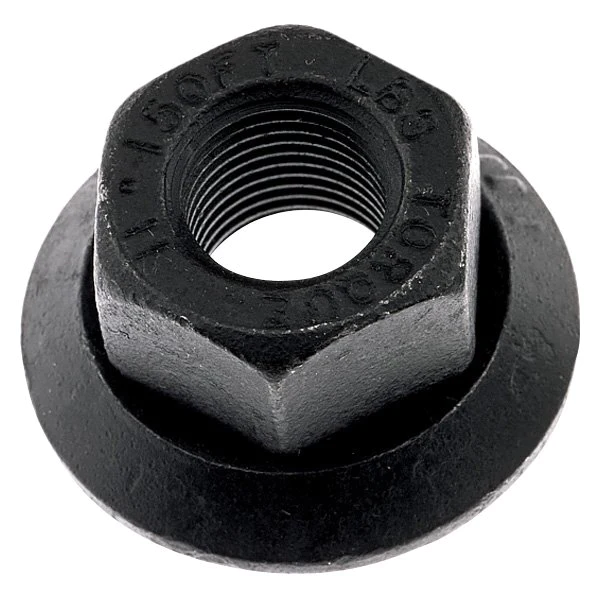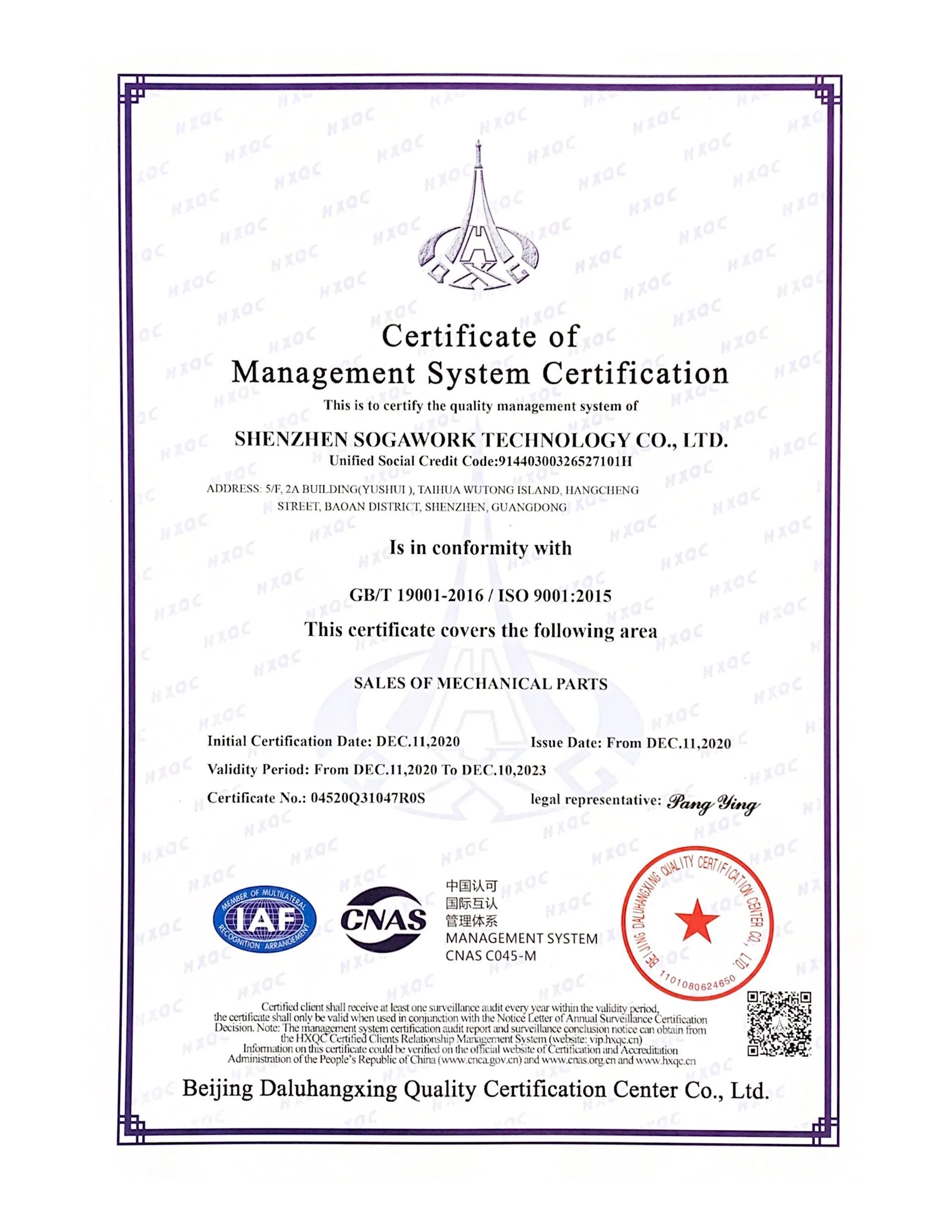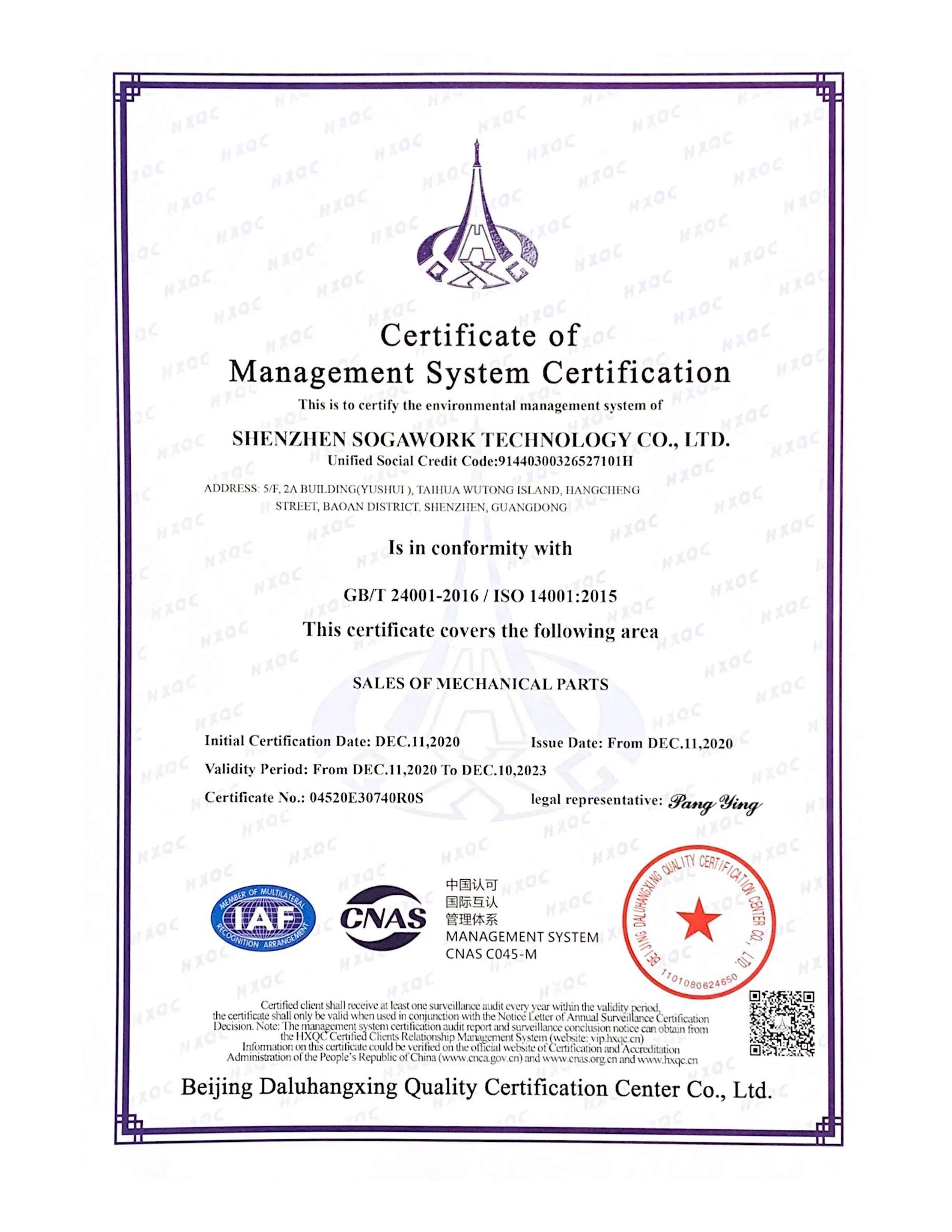In the intricate tapestry of automotive engineering, the often-overlooked heroes are the fasteners that bind together the diverse components of a vehicle. From the robust bolts securing critical engine components to the discreet clips holding interior trims in place, each fastener plays a pivotal role in the structural integrity, safety, and functionality of modern automobiles.
This article aims to be your guide, introducing all the different types of automotive fasteners that form the backbone of automotive design and construction.
What Automotive Fastener Is?
An automotive fastener is a hardware component designed to join or secure different parts of a vehicle. These fasteners come in various types, such as bolts, nuts, screws, washers, clips, rivets, and pins, each serving a specific purpose in the assembly and structural integrity of automobiles. They are crucial for holding components together, ensuring that they remain securely attached despite the various forces and vibrations experienced during vehicle operation.
The majority of fasteners are indeed designed to be temporary fasteners, allowing for disassembly, repairs, and modifications without causing damage to the connected components. Bolts, screws, and nuts are commonly used in automotive assembly, providing a convenient means for assembling and disassembling various parts during manufacturing, maintenance, or repairs.
Rivets, however, are an exception as they are considered permanent fasteners. Once a rivet is installed, it typically requires destruction or irreversible deformation to be removed, making it a more secure and lasting connection.

What Materials Are Automotive Fasteners Made Of?
The role of fasteners in automotive manufacturing is both subtle and indispensable. These unassuming components, ranging from bolts and screws to nuts and rivets, play a crucial part in holding together the intricate assemblies that constitute modern vehicles. Typically, they are composed of metal fasteners and plastic fasteners.
Metal Fasteners for The Automotive Industry
Metals are the main material for producing automotive fasteners, and metal automotive fasteners are mainly made of aluminum, iron, and copper. The diverse properties of aluminum, iron, and copper allow automotive engineers to tailor fastener choices to the unique demands of different components, balancing factors like weight, strength, and electrical conductivity in the overall design. Aluminum, known for its lightweight nature, is often used in applications where reducing overall weight is crucial. Common aluminum fasteners include bolts and screws. Iron, prized for its strength and durability, finds extensive use in heavy-duty applications. Fasteners such as bolts, nuts, and studs made of iron contribute robust connections in critical components of the vehicle's structure. Copper, appreciated for its excellent conductivity and corrosion resistance, is utilized in specialized automotive applications, such as electrical connections. Copper-based fasteners, like bolts and washers, ensure reliable electrical conductivity and longevity in these specific applications.
Plastic Fasteners for The Automotive Industry
Frequently made with vinyl, plastic fasteners are manufactured through injection molding. Though they aren’t as strong as iron, they have a high resistance to shock and vibrations.
The key plastic fastener types used in the automotive industry include rivets, plugs, bushes, clips, grommets, nuts, screws, and cable ties. Wire harnessing was the largest application scope for plastic fasteners. Increasing demand for plastic ties and clips to fasten wires into organized bundles is expected to have a positive impact on industry growth.
Types of Automotive Fasteners
Automotive fasteners encompass a variety of types, each serving a specific purpose in the assembly and structural integrity of vehicles. Here are some common types with clear definitions and their roles in the automotive industry:
Bolts
Bolts are threaded fasteners with a distinct head designed for turning, typically featuring a hexagonal or square shape. These versatile components require a complementary nut for assembly, forming a secure and adjustable connection. Their threaded design allows for precise tension control, making them suitable for applications where a tight and stable connection is paramount. Bolts are utilized extensively in critical automotive systems, from engine assemblies to chassis components, ensuring the reliability and safety of vehicular structures.
Commonly used automotive bolts, include:
- carriage bolts
- hex flange bolts
- place bolts

Screws
Screws are threaded fasteners with a slotted or Phillips head. Unlike bolts, screws have a self-contained threaded shaft, eliminating the need for an accompanying nut. Screws play a crucial role in automotive assembly, securing components in place across various systems. Whether used in attaching panels, holding parts together, or securing electrical components, screws contribute significantly to both the structural and functional aspects of modern vehicles. Their ease of use and adaptability make screws indispensable in diverse automotive applications.
Commonly used automotive screws include:
- Hex screws
- Machine screws
- Countersunk head screws
- Self-tapping screws
- Coach screws
- Pan head screws
- Cap head screws

Nuts
Nuts are featuring an internally threaded hole designed to mate with bolts or screws. Acting as counterparts to bolts, nuts form threaded connections that are integral to securing different vehicle components together. They come in various types, such as hex nuts, which are widely used for their ease of application. Nuts play a pivotal role in maintaining the structural integrity of vehicles by providing a secure and adjustable connection between fasteners. Whether in engine assemblies, chassis components, or other crucial systems, nuts are fundamental to the stability and functionality of automotive constructions.
Commonly used automotive nuts include:
- Clamp Nuts
- Flange Nuts
- Hex Nuts
- Rivet Nuts
- Tee Nuts

Washers
Washers, flat and thin discs with a hole in the center, serve a vital purpose in automotive fastening systems. Placed between the nut and bolt head, washers distribute pressure evenly, preventing damage to the connected components and enhancing the stability of the connection. Their design allows for better load distribution, reducing the risk of loosening or damage due to uneven forces. In the automotive industry, washers find applications in various contexts, from simple mechanical assemblies to complex structural connections. By improving the efficiency and reliability of fastened joints, washers contribute to the overall safety and longevity of vehicles.

Rivets
Rivets, as permanent fasteners, play a crucial role in the automotive industry, especially in the construction of vehicle bodies. Comprising a pin and a head, rivets are driven through pre-drilled holes to create a durable and secure connection. Once installed, rivets resist loosening and provide a permanent joint, making them essential for joining materials like metal sheets in the manufacturing of vehicle structures. Their ability to distribute stress evenly and withstand various environmental conditions ensures the longevity and stability of automotive assemblies.

Clips
Clips are essential fasteners in the automotive industry, designed for secure and convenient attachment of various components. Engineered to snap into position, these versatile fasteners contribute to the alignment and stability of panels, trims, and wiring within a vehicle. From interior trims to exterior body panels, clips play a crucial role in ensuring a secure yet easily accessible connection, allowing for efficient maintenance and repairs.

Pins
Pins, cylindrical fasteners with a straightforward design, are integral to automotive systems for alignment, connection, and support. Used in applications like suspensions and steering, these pins facilitate the proper alignment of moving parts, ensuring the functionality and safety of critical automotive mechanisms.

Springs
Springs, essential components in automotive systems, provide elasticity and resilience, playing a vital role in absorbing shocks, maintaining tension, and facilitating smooth movement within various mechanisms. From suspension systems to clutch assemblies, springs contribute to the overall comfort, stability, and efficiency of vehicles, ensuring optimal performance and durability in demanding automotive environments.
Studs
Studs are threaded fasteners designed for secure and robust connections in automotive applications. Featuring an externally threaded shaft, studs are often used in conjunction with nuts to create a durable and adjustable connection. In automotive assemblies, studs contribute to the structural integrity of critical components, providing stability and reliability in systems ranging from engine components to exhaust systems.

Clamps
Clamps are versatile fasteners designed to securely hold and fasten components together in automotive systems. Whether used for hoses, pipes, or cables, clamps play a crucial role in preventing leaks, ensuring proper alignment, and maintaining the integrity of fluid or electrical systems. Their adjustable design allows for precise and reliable fastening, contributing to the overall efficiency and safety of various automotive applications.

Fastener Application In Automotive
In vehicles and automotive manufacturing, fastener application use includes the following:
- Transmission
- Chassis
- Engine
- Interior Trim
- Front & Rear Axle
- Steering
How to properly tighten automotive fasteners
To properly tighten automotive fasteners, begin by referring to the manufacturer's specifications for torque values and tightening sequences specific to each type of fastener. Use the correct tools, primarily a calibrated torque wrench, and start by hand-tightening to ensure proper alignment. Follow a gradual torque sequence, especially for critical components, tightening in multiple steps to evenly distribute the load. Lubricate fasteners if required and consider thread-locking compounds for applications prone to vibrations. Inspect threads and components for cleanliness and damage before tightening. Avoid over-tightening, particularly with smaller or softer materials, and periodically inspect fasteners for wear, corrosion, or loosening. Adhering to these guidelines ensures the correct clamping force, preventing damage and contributing to the safety and reliability of the vehicle.









